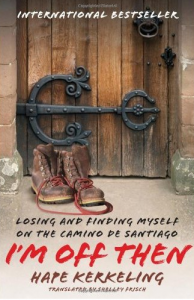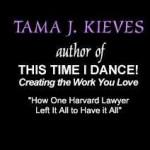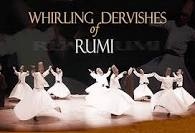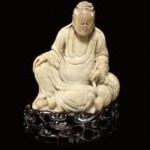I have a simple question. First, the reason for the simple question. Last week in Park Slope, Brooklyn it was impossible to not notice mothers, fathers, and caregivers strolling babies. That’s fine; Park Slope is an almost ideal place for families. And, at the same time, a wonderful place for people of all ages on their own, or not.
It’s an etiquette fact that pedestrians stay on their right side. Understandably, in Manhattan it’s almost impossible to keep to that etiquette rule as it gets tricky because of the sheer number of people. When Manhattan is at its busiest it’s often necessary to play a little game of side-stepping.
Park Slope, however, should be very different. People are wanting a more laid back lifestyle from their next door neighbor, Manhattan. Park Slope suggests a stress free environment, and pure creativity in the form of small clothing shops (many by Brooklyn designers), consignment stores, exciting new small restaurants, take-away speciality food places, pottery, furniture, and painting workshops, wonderful small gift shops, the Brooklyn Museum, co-op gardens, the Botanical Garden, an easy ride to ever-evolving Coney Island, and green and gorgeous-looking Prospect Park for everyone’s pleasure, and that’s a partial list of goodies.
Now the simple questions: Why do people strolling carriages in Park Slope think it’s all right to push two (or three) side-by-side so that no one can pass from the back, or from the opposite direction? And why should a pedestrian who’s walking toward someone who’s pushing a carriage as if in a race, be required to quickly step to the side to let the serious pusher pass? Strolling with baby in a Park Slope setting should be, could be, nice.
They’re simple questions, maybe so simple that it’s not worth the time. But wait, there are a few important matters to consider: respect for other people, awareness of one’s surroundings, and teaching a toddler how to behave in public. Let the people pass; do it graciously, and don’t stress, enjoy the time with the little one.
The following website with its interesting name has a lot to offer: www.fuckedinparkslope.com
Now to change the subject . . . have an extraordinary day everyone!
* * * * * * *
“To know how to live is my trade and my art.” – Michel De Montaigne
“The moment your attention turns to the now you feel a presence, a stillness, a peace.” -Eckhart Tolle
“I live for every present moment and don’t think about the future.” -Henry Schliemann (from the book The Greek Treasure by Irving Stone)
“May I always be in the right place at the right time to do as much good as possible.” -Raymon Grace









